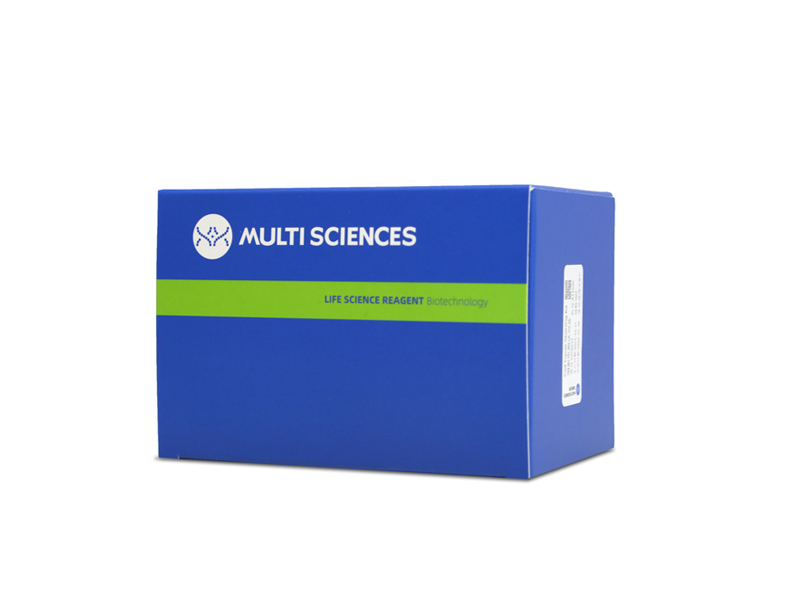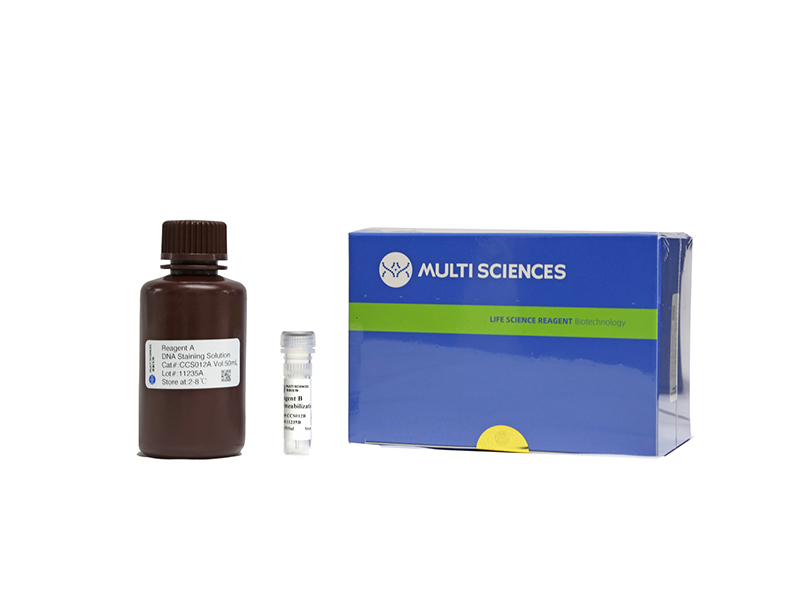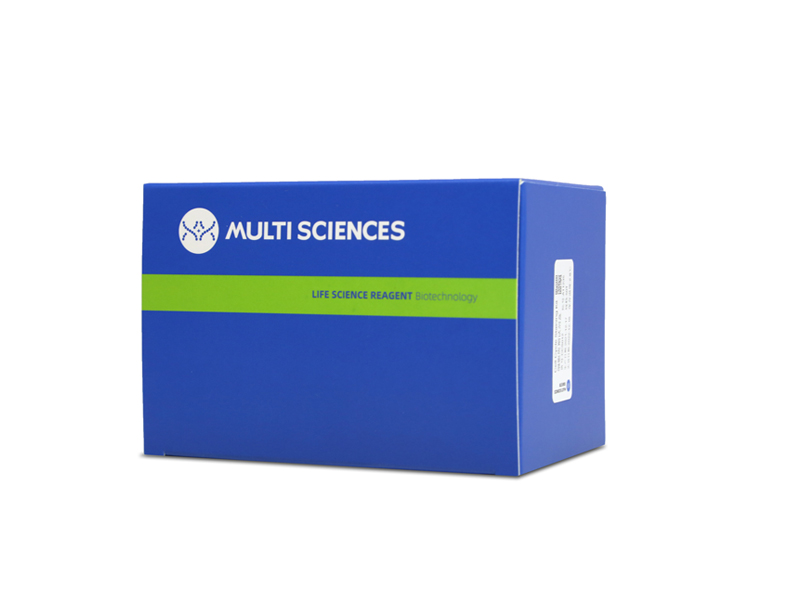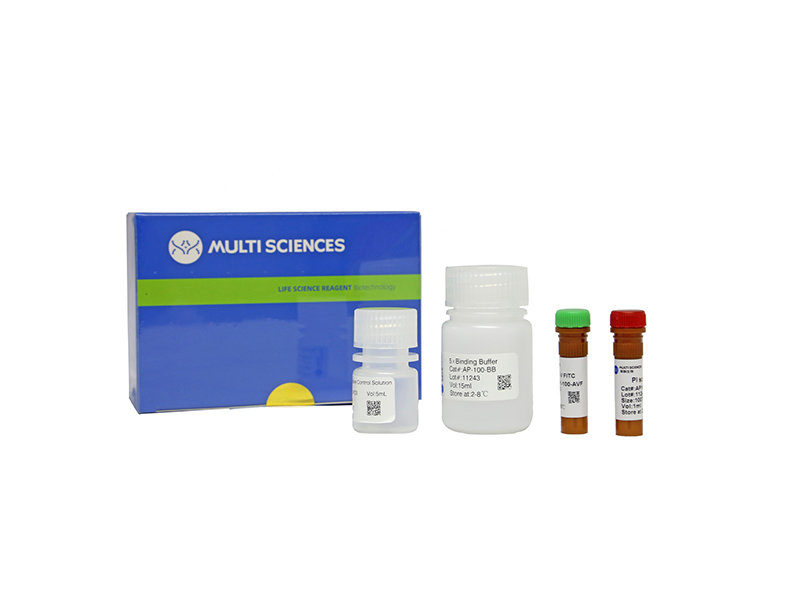Background:Acute myeloid leukemia (AML) is a group of heterogeneous hematologic malignancies correlates with poor prognosis. It is important to identify biomarkers for effective treatment of AML. Kinases participate in many regulatory pathways and biological activities in AML. Previous studies demonstrated that MAP4K1, a serine/threonine kinase, was associated with immune regulation and cancer progression. However, its role and mechanism in acute myeloid leukemia (AML) have not been explored.
Methods:RNA-seq profiling was performed for Homoharringtonine (HHT)-resistant and Homoharringtonine (HHT)-sensitive cell lines. Bioinformatic tools were used for differential analysis. Cell culture and transfection, Cell proliferation, apoptosis and Cell cycle assay, Quantitative RT-PCR, and Western blotting analysis were used to explore biological phenotypes in vitro.
Findings:We found that MAP4K1 was highly expressed in HHT-induced resistant AML cell lines. In addition, overexpression of MAP4K1 in AML cells induced resistance of AML cells against HHT. Not only that, the findings of this study showed that overexpression of MAP4K1 was an independent risk factor that predicts poor prognosis of AML. Further, In vitro studies showed that MAP4K1 modulated cell cycle through MAPK and DNA damage/repair pathways. Therefore, MAP4K1 is a potential target for developing therapies for AML.
Interpretation:This study demonstrates that MAP4K1 not only regulates HHT resistance but also independently predicts AML prognosis. In addition, understanding the regulatory mechanism of MAP4K1 reveals novel treatment strategies for resistant and refractory AML. Fundings: This work was supported by the National Natural Science Foundation of China (NSFC) (Grant No.81800199, 81670124, 82070118) and the Natural Science Foundation of Zhejiang Province (LY20H080008).
文章引用产品列表
-
- CCS012 1190 Citations
- 周期试剂盒
Cell Cycle Staining Kit 细胞周期检测试剂盒
- ¥390.00
-
- AP101 1755 Citations
- 凋亡试剂盒
Annexin V-FITC/PI Apoptosis Kit(适用于除C6以外的流式细胞仪)
- ¥630.00 – ¥1,280.00





